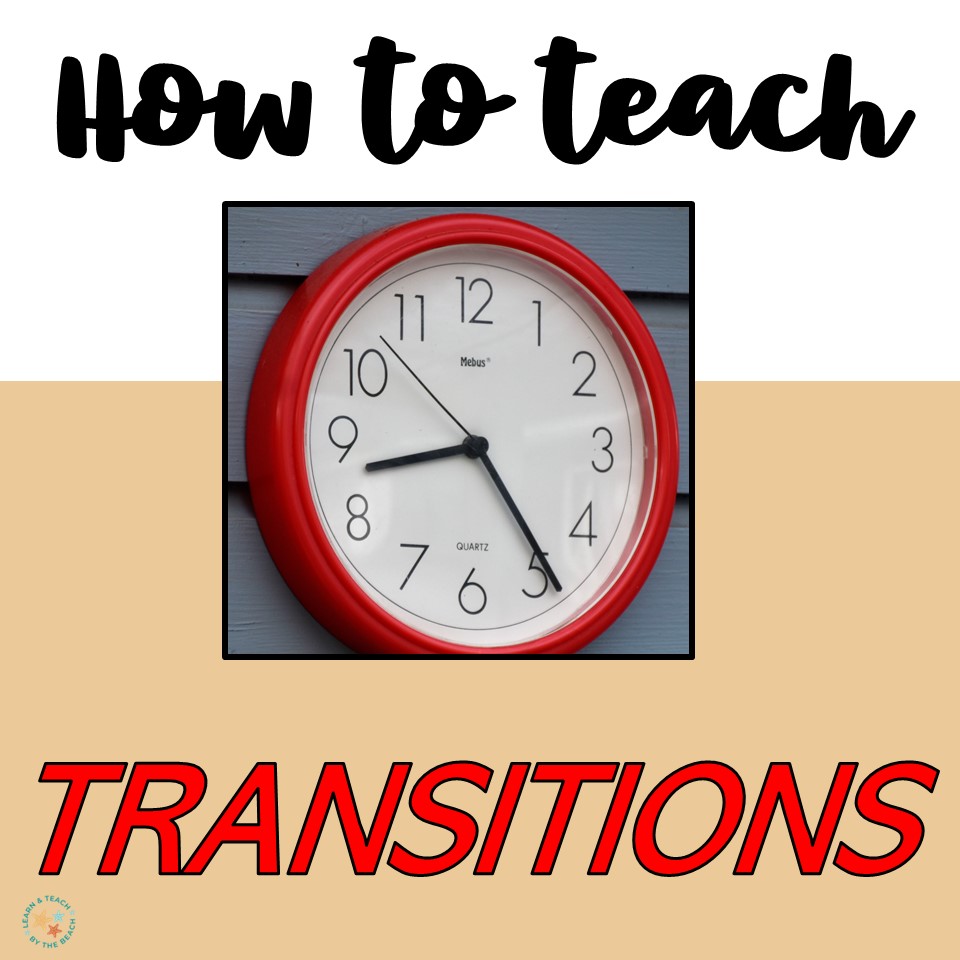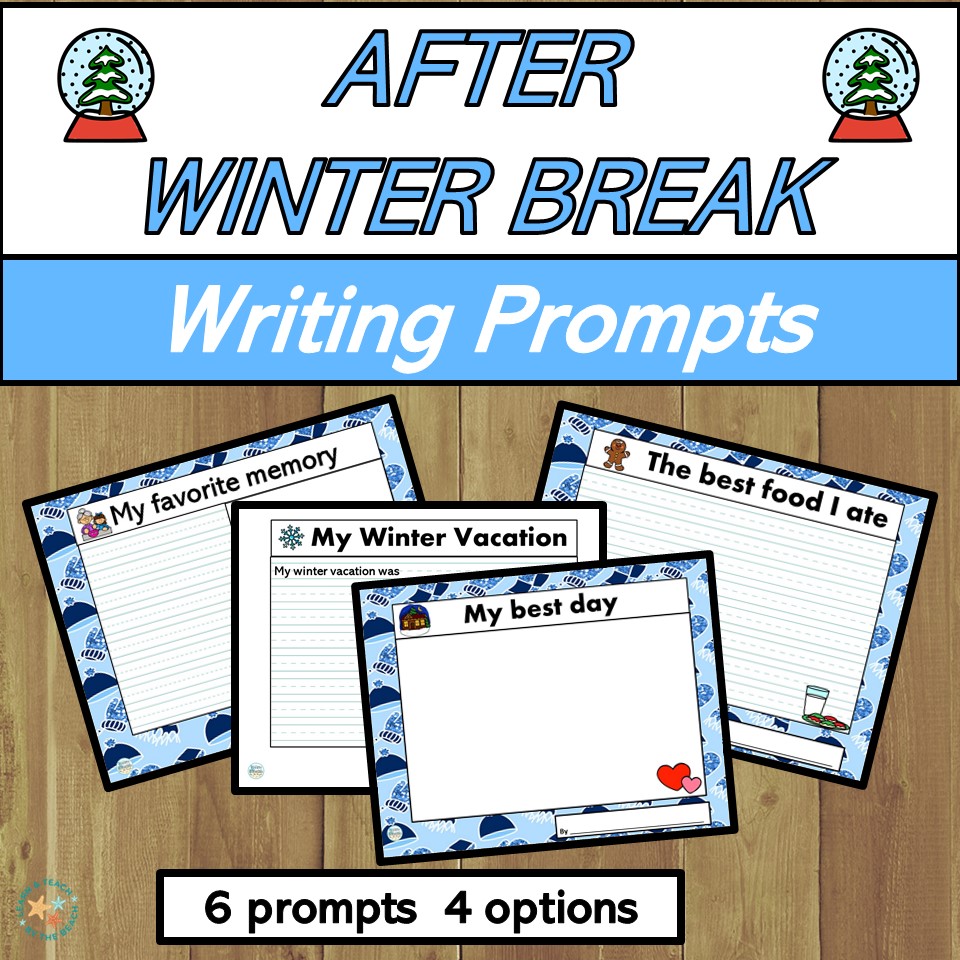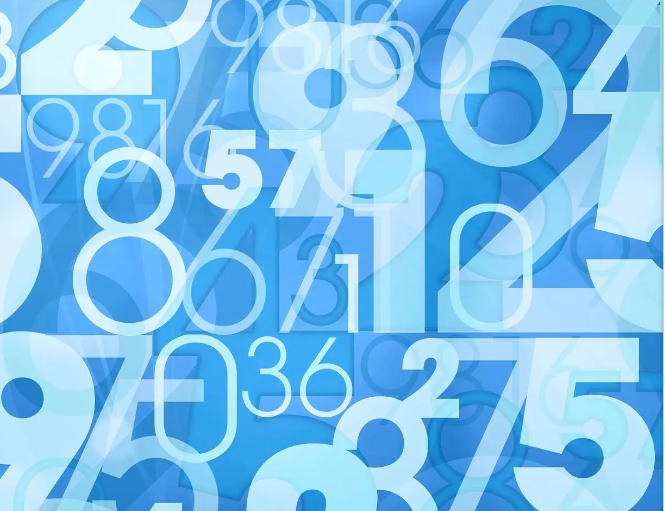Transitions are those times in the day where students go from one activity to another
- To prepare for a lesson
- To leave or enter the classroom
Why are transitions so hard?
- They are unstructured
- Everyone’s moving all at once
- Expectations can be unclear
🤪What happens? Students get silly, unfocused and distracted. 😋
So what’s the solution?
Try these tips:
- Teach your transition routines explicitly-Determine how you want your students to transition-be specific about what their bodies and voices should be doing. For example, when you tell students to line up after they’ve been at the carpet-and you may have experienced this-they go dashing to get a spot in line and their bodies not in control.
- Try this instead— Tell your students- one step at a time: Stand up, take a deep breath and stand quietly. When students are calm, dismiss in small groups to get in line. (Even better have assigned spots in line to decrease the chaos)
- Determine success criteria-Be clear so students know when they have transitioned. If you say, “get ready for math,” students may not know exactly what that means. Where should they sit? What supplies do they need?
- Try this instead— “You’ll be ready for math when you’re sitting quietly at your desk with your pencil and math worksheet on your desk.” (Even better give students a task while they wait -skip count by 5s as far as you can)
- Triple whammy-When giving directions, students repeat 3x You say “Names on paper!” They say “Names on paper! Names on paper! Names on paper!”
- Provide opportunities for reteaching-Whenever necessary reteach your transition routines. This can be done whole group, small group or with individual students. Teach your clear transition expectations and have students practice.
Grab this FREEBIE to remind students how transitions should look in your classroom.
Need more support? 👇
Need to plan out your transitions? 👇
How about reteaching resources? 👇
Supporting you all way! 💗










